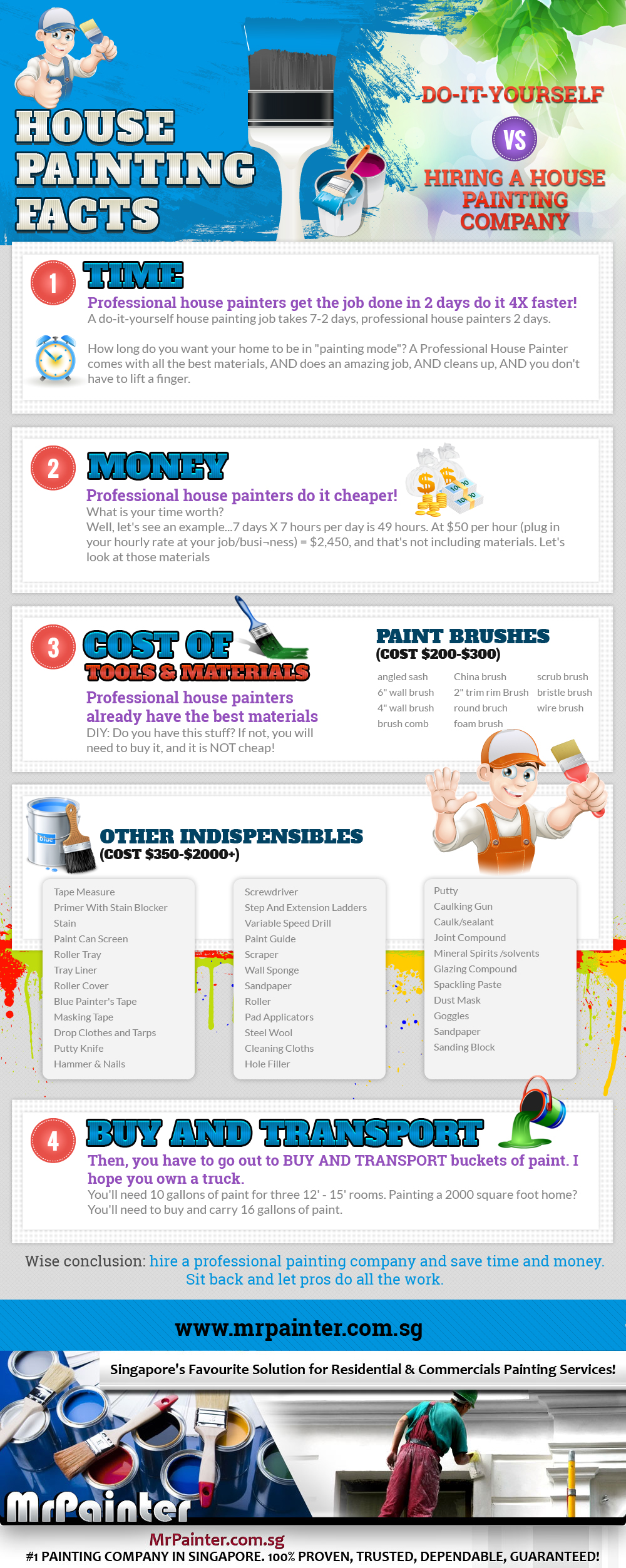Seasonal Factors To Consider For Industrial Outside Painting: What You Required To Know
Seasonal Factors To Consider For Industrial Outside Painting: What You Required To Know
Blog Article
Article Produced By-Fox Decker
When you're planning a commercial outside painting project, seasonal variables can make or break your results. You'll intend to consider just how temperature level and humidity effect paint application and drying times. Selecting the best period can guarantee your paint sticks effectively and lasts longer. Yet which seasons are truly the best for this kind of job? Let's check out the key elements that can affect your project's success.
The Effect of Temperature Level on Paint Application
When you're planning an industrial external painting project, the temperature level can significantly affect how well the paint sticks and dries out.
Preferably, you intend to paint when temperature levels range between 50 ° F and 85 ° F. If it's as well cold, the paint might not heal properly, leading to concerns like peeling off or splitting.
On the other hand, if it's too warm, the paint can dry out also rapidly, protecting against proper bond and resulting in an irregular finish.
You ought to likewise consider the moment of day; morning or late afternoon provides cooler temperature levels, which can be extra favorable.
Constantly examine the maker's suggestions for the details paint you're utilizing, as they commonly provide advice on the optimal temperature array for optimal results.
Moisture and Its Impact on Drying Times
Temperature isn't the only environmental element that affects your industrial exterior paint project; humidity plays a significant function as well. High moisture levels can reduce drying out times considerably, impacting the overall quality of your paint work.
When the air is saturated with wetness, the paint takes longer to heal, which can result in concerns like bad attachment and a greater threat of mildew development. If you're painting on a particularly humid day, be gotten ready for extensive wait times between coats.
It's crucial to keep an eye on local weather conditions and strategy accordingly. Preferably, go for humidity levels between 40% and 70% for optimal drying out.
Maintaining these consider mind guarantees your task stays on track and provides a lasting coating.
Best Seasons for Commercial Exterior Paint Projects
What's the very best time of year for your business outside painting projects?
Springtime and very early autumn are typically your best bets. During these periods, temperature levels are mild, and humidity degrees are usually reduced, developing perfect conditions for paint application and drying.
Stay clear of summer's intense heat, which can create paint to dry also swiftly, leading to poor adhesion and finish. Likewise, winter's cold temperature levels can impede proper drying out and curing, taking the chance of the long life of your paint job.
Go for days with temperatures between 50 ° F and 85 ° F for ideal results. what paint company is ppg in mind to inspect the neighborhood weather prediction for rainfall, as wet conditions can spoil your project.
Planning around these aspects ensures your painting task runs efficiently and lasts longer.
Conclusion
In conclusion, planning your industrial external paint tasks around seasonal factors to consider can make a significant distinction in the result. By scheduling work during the suitable temperatures and humidity levels, you'll ensure better attachment and drying out times. Remember to keep Learn Additional on neighborhood weather report and select the right time of year-- spring and very early loss are your best bets. Taking these actions will certainly assist you achieve a resilient and expert coating that lasts.
